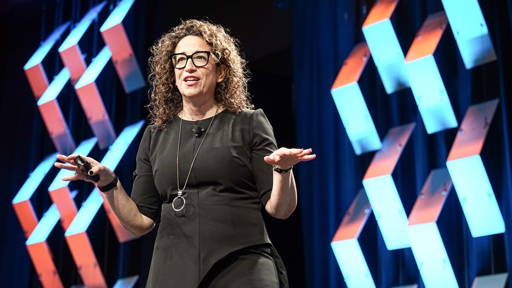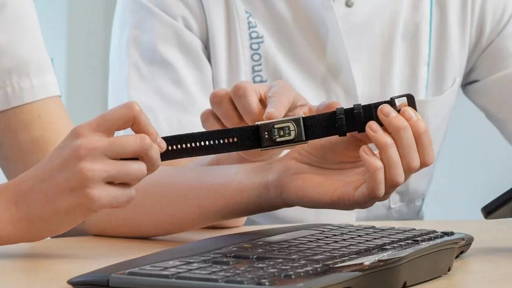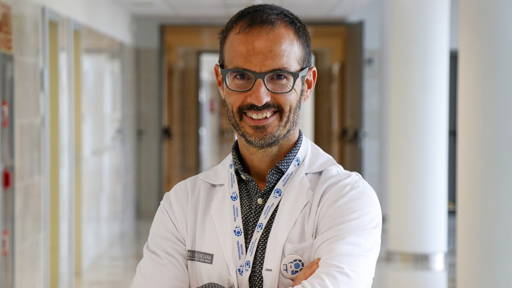For several years, Apple has been developing miniaturized sensors and health monitoring technologies for their flagship products: the iPhone and Apple Watch. And with great success, if we look at what has been achieved since the first smartphone was introduced in 2008.
The report entitled Empowering people to live a healthier day, released in July 2022, shows that the company's ambition is to break down barriers in access to data and information, helping citizens make better health decisions. It allows patients to "take the wheel" of their own health and make technologies their "personal guardians."
"Our vision for the future is to continue to create science-based technology that equips people with even more information and acts as an intelligent guardian for their health, so they're no longer passengers on their own health journey. Instead, we want people to be firmly in the driver's seat with meaningful, actionable insights," says Jeff Williams, Apple's chief operating officer
What can your smartphone do for your health and well-being?
The report outlines the four pillars of Apple's health and fitness features:
- giving users a central and secure place to store and view their health data in the Health app,
- offering features that enable Apple Watch to act as an intelligent guardian for users' health,
- offering features that help users improve their everyday health and fitness for better health outcomes,
- fueling innovative third-party health and fitness apps with developer tools.






